Sometimes it can seem overwhelming to find the right apparel for a hiking trip: you want to stay comfortable and look stylish, but at the same time you don’t want to compromise on practicality. The great news is that there are plenty of options available to suit all styles and budgets – including sweatpants! While this might surprise some people, they can actually be one of the best pieces of clothing for enjoying nature. In this blog post we will discuss whether sweatpants are suitable for camping and hiking trips as well as taking into account factors such as weather conditions, type of terrain and personal preference. So if you’re ready to get out of your comfort zone and explore nature in style, read on!
How to Prepare for a Hiking Trip?
Hiking is a great way to enjoy nature and get away from the everyday hustle and bustle of life. However, it’s important to be prepared for your trip in order to make sure that you have an enjoyable experience. Here are some tips on how to prepare for a hiking trip:
- Plan ahead – Before heading out on a hike, it’s important to plan ahead. Make sure you know your route and any potential hazards or difficult areas along the way. Pack appropriate gear for the weather and terrain, and bring plenty of food and water for yourself and any companions. [1]
- Wear the right clothing – Sturdy shoes with good traction are a must-have, as well as layered clothing that can be adjusted depending on the temperature. Hats and sunglasses can help protect you from the sun, and a rain jacket should always be packed in case of inclement weather.
- Bring a first-aid kit – Accidents happen, so it’s important to have a first-aid kit with you while hiking. Include basic items such as bandages, gauze, and antibiotic ointment. If you plan on being out for more than a day, it’s also a good idea to bring along pain relievers and allergy medications.
- Leave no trace – When hiking, it’s important to practice “leave no trace” principles. This means leaving the area exactly as you found it- pick up any trash or debris that you find, and respect the wildlife in the area.
- Be prepared for the unexpected – You never know what Mother Nature has in store, so it’s important to be prepared for anything. Bring a small flashlight and extra batteries, along with a few snacks or energy bars just in case you find yourself out longer than expected.
- Consider the weather – As you plan for your hike, take into account the current and forecasted weather conditions. Layered clothing is always a good idea, as temperatures can vary greatly depending on elevation and time of day. If there’s a chance of rain in the forecast, be sure to bring a waterproof jacket and pants just in case.
- Stay safe – Adequate preparation is key to staying safe while hiking. Bring a map and compass, let someone know where you’re going, and stick to marked trails. If you feel lost or unsure of your route, it’s always best to turn back rather than risk getting into trouble.
- Have fun – The most important part of any hike is to have a good time. Enjoy the scenery, take pictures, and savor every moment of your adventure!
Following these tips will ensure that you have a safe and enjoyable hiking experience. If you’re new to hiking, it’s always best to start with an easy route that fits your skill level and gradually challenge yourself as you gain more experience. [2]
What Things Are Necessary on a Hike?
Before embarking on a hike, it’s important that you make sure to have all the necessary items ready. Let’s focus on a list of essential items you should pack for your hiking adventure:
- Clothing – Wear clothes that are comfortable, breathable and able to keep you warm if the weather suddenly changes. Dress in layers and consider bringing rain gear, a sunhat, and appropriate shoes. [3]
- Food and Water – Make sure to bring enough food that will sustain you for the duration of your hike. Pack high energy snacks like nuts and granola bars to keep your energy up throughout the day. Bring 2-4 liters of water per person too – even if it seems like a lot, you’ll be thankful for the extra hydration.
- Map and Compass – It’s always a good idea to bring a map of the area you’re hiking in and a compass with you. That way if you ever get lost, you can use your navigation skills to make it back safely.
- First Aid Kit – Accidents can happen, so it’s essential to carry a first aid kit with you while hiking. You should make sure your kit includes bandages, antiseptic wipes and ointment, pain relievers and any other items that might be useful in case of an emergency.
- Flashlight – A flashlight is also a must on a hike. Not only can it help you find your way in the dark, but it also helps to keep wild animals away if used properly.
- Fire Starter – If you plan on making a campfire or fire at any point during your hike, make sure to bring matches and/or a lighter as well as dry kindling to get it started.
- Emergency Supplies – You should also bring extra items such as a whistle, pocket knife and extra layers of clothing in case you get caught in an unexpected storm or need to stay overnight.
- Sun protection – Don’t forget to wear sunscreen and a sunhat, especially if you are hiking in an area that has direct sunshine.
- Trash Bag – Lastly, don’t forget to bring a trash bag with you to make sure that you leave no trace of your hike.
- Camera – To capture all the amazing sights you will witness while on your hike, be sure to bring a camera or smartphone with you.
These are just some of the basics to bring on a hike. Depending on the location and length of your hike, you may need to pack additional items such as bug spray, bear spray, extra batteries, or trekking poles. Make sure to do some research beforehand and always be prepared for the unexpected! [4]
What Kind of Clothes Are Essential for Hiking?
I’s important to make sure that you have the proper clothing for the terrain, weather, and any other conditions that may affect your hike. In order to ensure a safe and comfortable experience while hiking, here are some essential clothing items you should consider bringing along:
- Lightweight long pants or shorts: Lightweight, long pants or shorts are essential for protecting your legs from sharp rocks and branches. Make sure to choose fabrics that are breathable and fast-drying so that you won’t be stuck feeling sweaty and uncomfortable. [5]
- Wicking shirt: A moisture-wicking shirt is invaluable for keeping cool while hiking in hot weather. Look for shirts made of synthetic fabrics like polyester, nylon or spandex that are designed to keep you dry and comfortable.
- Fleece jacket: A fleece jacket is important for keeping warm in colder climates. Look for one made with breathable fabric to ensure maximum comfort.
- Sun hat or visor: Protect your face from the sun with a sun hat or visor. This is especially important in areas with higher altitudes since the sun’s UV rays are more intense at higher levels.
- Hiking boots: A good pair of hiking boots will give you the support and traction you need to safely navigate any terrain. Look for a boot with a waterproof upper and plenty of cushioning for optimal comfort.
- Socks: Choose a pair of moisture-wicking socks made of synthetic materials like polyester, nylon or spandex. These materials are designed to keep your feet cool and dry while you hike.
- Waterproof shell: A waterproof shell is an essential layer for protecting you from wind, rain, and snow. Make sure that the shell is lightweight and breathable so that you won’t be weighed down or become too hot.
- Sunscreen: Don’t forget to put on sunscreen before hitting the trail. This is especially important in higher altitudes where the sun’s rays are more intense.
- Sunglasses: Protect your eyes from the sun’s harmful UV rays with a pair of sunglasses. Make sure to get a pair that is designed for outdoor activities so that they will stay on your face while you move around. [6]
Is It Safe to Hike in Sweatpants?
When looking for the perfect hiking outfit, comfort is key. Sweatpants have long been a favorite of hikers due to their soft and breathable fabric, making them a popular choice among outdoor enthusiasts. But are they really suitable for an adventure in the great outdoors?
The short answer: Yes! Sweatpants can be great for hiking when combined with other components of a smart and comfortable outfit. However, there are many factors to consider when deciding whether or not sweatpants are the right choice for your adventure.
However, it’s essential to remember that sweatpants are not designed for strenuous activity. They may not provide enough support for long hikes and can become uncomfortable after a few hours. Plus, they’re unlikely to stand up against heavy rain or other extreme weather conditions, so it’s best to bring along an extra layer of waterproof clothing in these cases. [7]
Benefits of Hiking in Sweatpants
Hiking in sweatpants can be a surprisingly pleasant experience, especially during cooler weather. You get the benefit of added warmth while also keeping your body free to move and breathe. Plus, with the right fabric you can even stay dry while still enjoying all the advantages of outdoor exercise. Here are just a few benefits:
- Comfort: Sweatpants offer a comfortable fit that won’t restrict your movement. The fabric is breathable and allows for easy air exchange, which helps keep your body temperature regulated during strenuous activity.
- Warmth: Even when the temperatures drop, sweatpants can help keep you warm while hiking. They provide an extra layer of insulation against the cold and they absorb moisture so you don’t feel clammy.
- Mobility: With sweatpants, you can move freely in any direction without worrying about bunching or pinching. The material is also lightweight and stretchy, so it won’t weigh you down on the trail.
- Style: Sweatpants are available in a wide variety of styles and colors, so you can find something that suits your personal fashion. Plus, they pair well with other pieces like t-shirts or sweatshirts for a stylish outdoorsy look.
- Cost: Sweatpants are typically more affordable than other outdoor clothing options, making them a great choice for hikers on a budget. [8]
Downsides to Hiking in Sweatpants
There are some potential drawbacks to hiking in sweatpants. They include:
- Sweatpants don’t always provide the best protection against thorns, briars and other sharp objects that you may encounter on a hike. If your pants are made of thin material, these objects can easily tear through them and cause scrapes or cuts to your skin. So if you’re hiking in an area where there is potential for these kinds of hazards, you may want to consider wearing pants made from a thicker material.
- They are usually quite loose and baggy. This can make it difficult to keep them up when you’re climbing over rocks or trekking steep inclines. If they fall down during your hike, this can be uncomfortable and embarrassing, so it might be best to wear pants with a tighter fit.
- Sweatpants tend to be made from heavy fabrics, which can be uncomfortable when it’s hot outside. If you’re going to be hiking in warmer weather, you may want to opt for pants made of a lighter material that will allow your skin to breathe and keep you cool.
- They can also be difficult to clean. If you get mud or other debris on them, it can be tricky to remove it without damaging the fabric. So if you’re planning a particularly muddy hike, you may want to wear something that is easier to keep clean. [9]
Best Hiking Sweatpants Materials
You have a few things to consider. First and foremost is the material that they are made from. Different materials will provide different levels of breathability, warmth, flexibility, and durability in varying climates. Here are some of the best materials for your next pair of hiking sweatpants:
- Cotton: It is a versatile material, and when it comes to hiking sweatpants, it provides great breathability. It’s lightweight, comfortable and can be easily washed in your machine. The downside of cotton is that it doesn’t handle dampness or rain very well and may wear out quickly when exposed to the elements.
- Fleece: Fleece is a great material for hiking sweatpants as it provides excellent warmth and insulation. It wicks away moisture, making it ideal for cold weather hikes where you may need to be extra prepared. Fleece also dries quickly and doesn’t hold onto odors like other fabrics can.
- Nylon: It is a lightweight, breathable material that’s often used in hiking pants. It’s strong and durable, so it can handle rough terrain and wet weather conditions. Nylon sweatpants are also less expensive than other materials, making them more budget-friendly.
- Polyester: Polyester is another type of synthetic fabric that’s often used in hiking sweatpants. It’s lightweight and breathable, making it perfect for warmer weather conditions. Polyester also wicks away moisture, keeping you dry and comfortable on your hike. [10]
FAQs
Can I wear sweats to hike?
Yes! Sweatpants are an excellent choice for hiking, particularly when the weather is cool. Not only are they comfortable and lightweight, but they also offer good protection from wind and rain. Additionally, sweatpants can be easily layered to provide additional warmth in colder temperatures. So if you’re looking for an easy way to stay warm while outdoors, then sweats could be the perfect option!
Is it better to hike in sweatpants or jeans?
Not all pants are created equal. While some people prefer the support and protection of a pair of jeans, others find that sweatpants are much more comfortable for their hikes – and can even be beneficial in certain situations.
Sweatpants provide plenty of comfort when you’re out on the trail. Their lightweight fabric helps to keep you cool during long hikes and allows for unrestricted movement. Plus, they can often be seen as a stylish alternative to jeans. The cuffed hems of sweatpants are great for keeping those pesky ticks and other critters out – which is always a bonus on the trail!
Can I wear track pants for trekking?
Track pants are a great option for hiking, especially if you’re looking for comfort during your trek. The lightweight material and flexible fit make them ideal for long hikes in hot weather or strenuous activities like rock-climbing. They also provide excellent ventilation so you won’t get too hot and sweaty while on the trail. Plus, many track pants offer extra pockets for carrying snacks or other essentials. So don’t be afraid to ditch the traditional hiking pants and opt for a pair of sweatpants on your next outdoor adventure!
Can I go hiking in jeans?
Yes, but it’s not the ideal choice. While denim does provide some protection from insects and other elements, it can be uncomfortable and cause chafing in some areas. For a more comfortable and functional experience on the trails, opt for sweatpants instead! They are lightweight yet durable enough to withstand wear and tear during rough terrain hikes. Plus, they provide ample ventilation to keep you cool and help wick away sweat. If you’re looking for extra protection from the elements, consider investing in sweatpants with a water-resistant fabric finish. That way, you’ll be ready for whatever nature throws your way!
Useful Video: Are PANTS or SHORTS Better For Backpacking?!
Final Thoughts
For those looking for the ultimate clothing choice for a successful hike, one looks no further than sweatpants. Not only do they provide warmth, breathability, flexibility, and comfort, but they come in a range of sizes and colors to fit any style preference. Furthermore, this versatile article of clothing is also ideal for camping and recreational activities such as golfing or biking. Thus, sweatpants are an excellent piece of clothing to have on hand when hiking. With their lightweight design and superior protective benefits, they offer a reliable option that will keep you protected from the elements without weighing you down. So don’t hesitate – grab your sweatpants and get out there! After all, the next adventurous journey awaits!
References:
- https://adventures.com/information/how-to-prepare-for-a-hike/
- https://koa.com/blog/hiking-tips-and-tricks-how-to-plan-and-prepare-for-a-hike/
- https://www.switchbacktravel.com/day-hiking-checklist
- https://www.rei.com/learn/expert-advice/ten-essentials.html
- https://www.cleverhiker.com/blog/backpacking-amp-hiking-clothing-101-tips-for-creating-the-perfect-ultralight-clothing-system
- https://www.mountainwarehouse.com/expert-advice/what-to-wear-hiking
- https://hikersdaily.com/hiking-in-sweatpants/
- https://www.gearassistant.com/hiking-in-sweatpants/
- https://gearuphiking.com/hiking-in-sweatpants/
- https://happilyeverhiker.com/hiking-in-sweatpants/

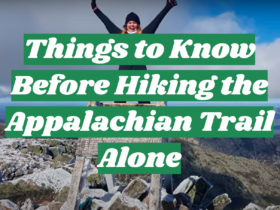


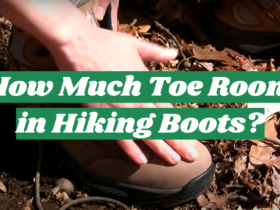

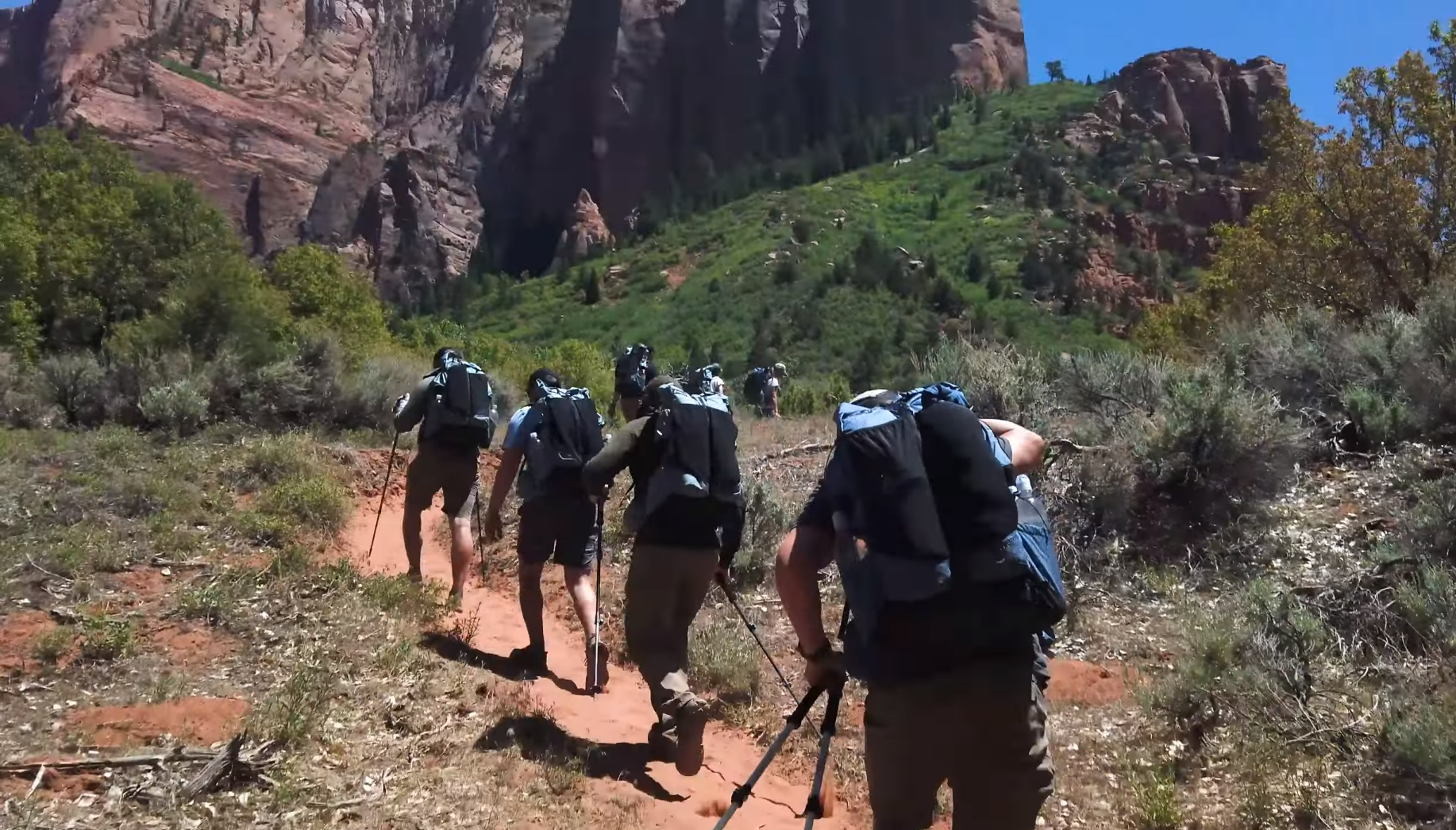
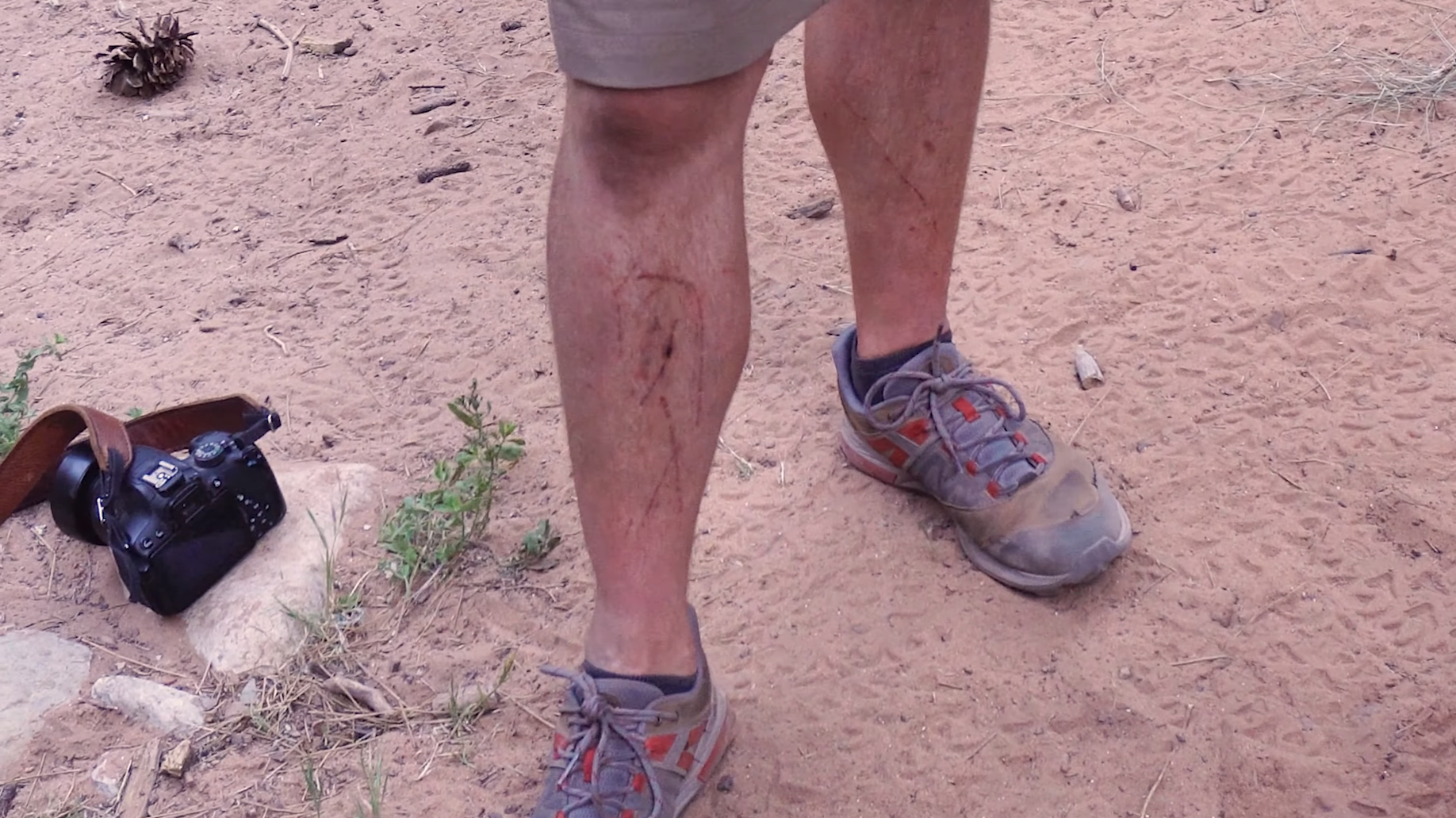

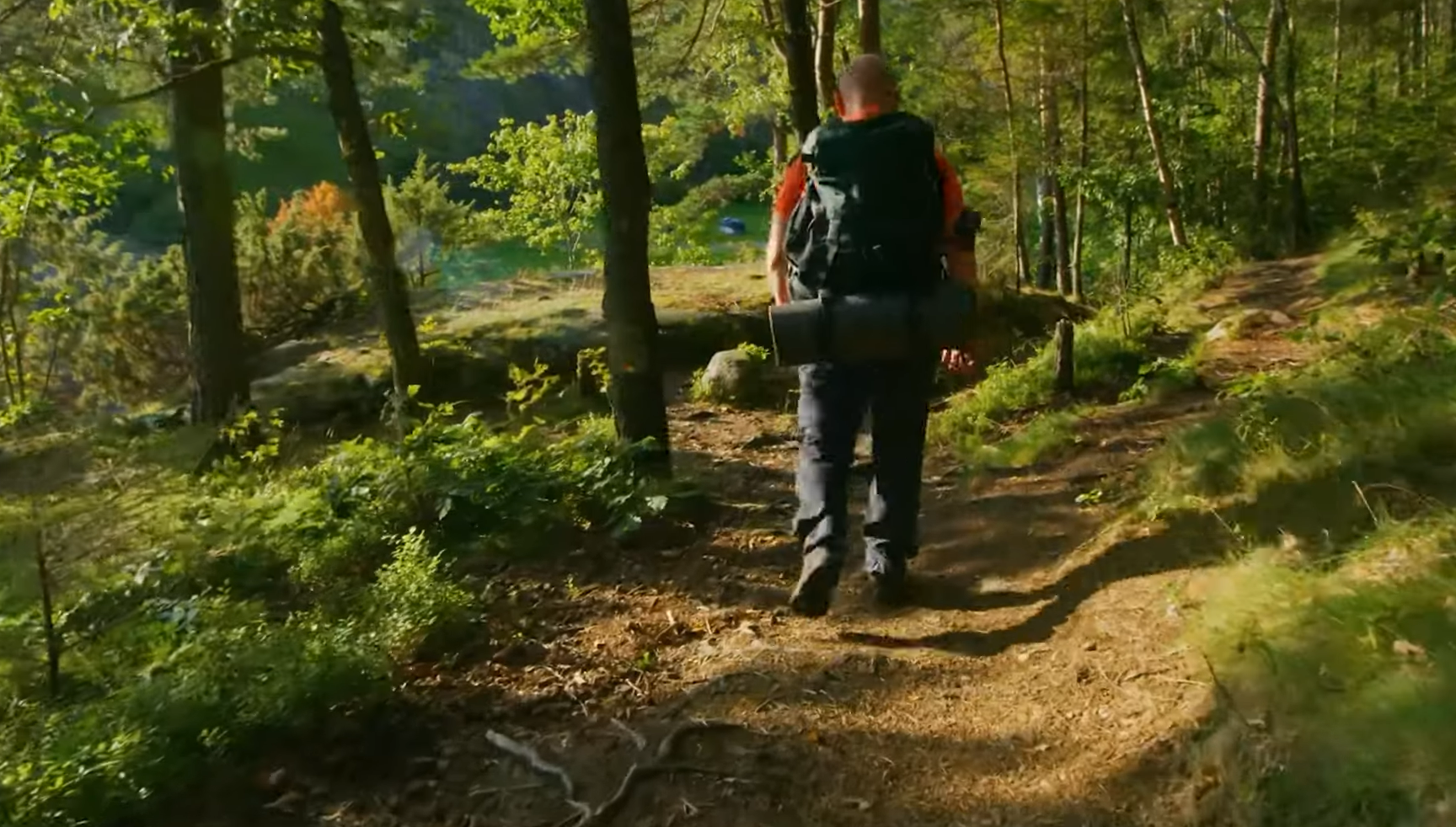
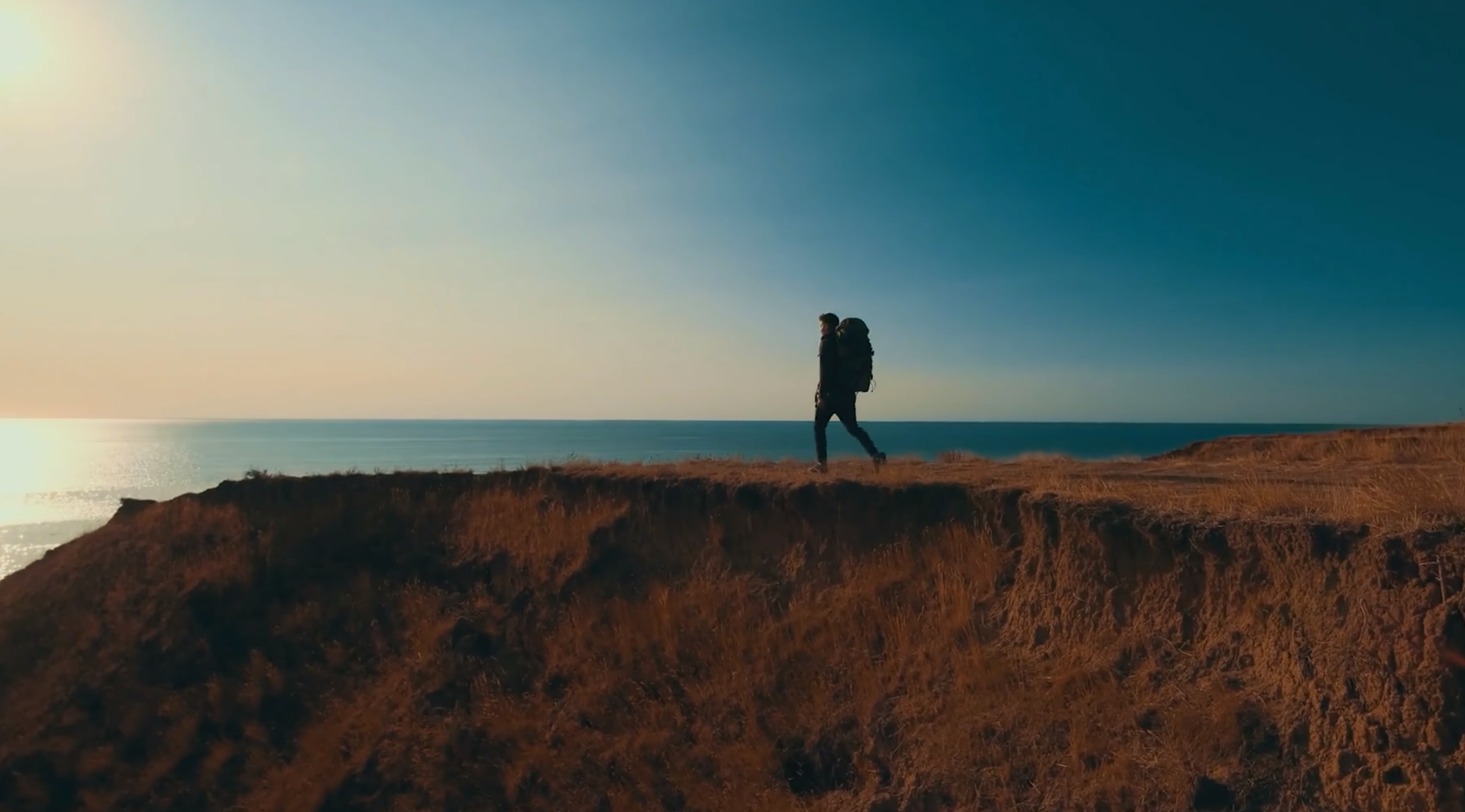


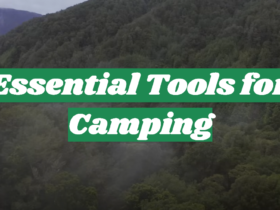
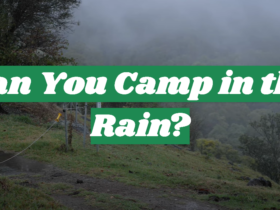
Leave a Review